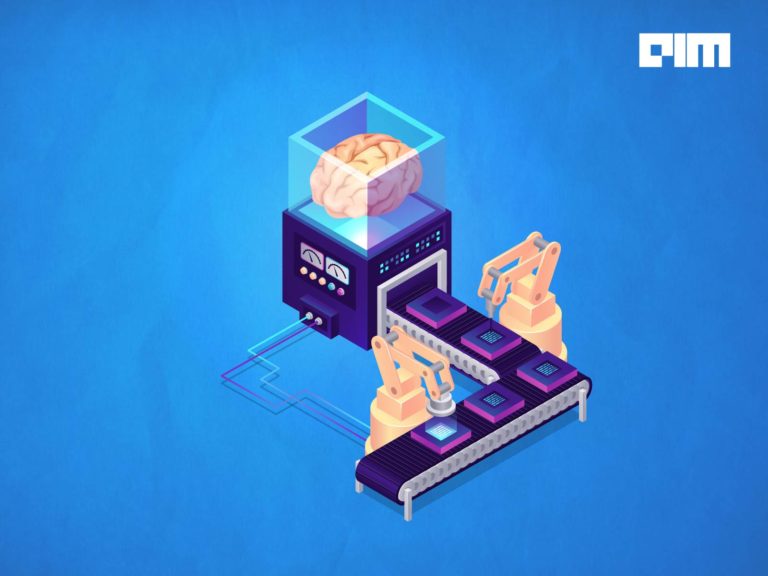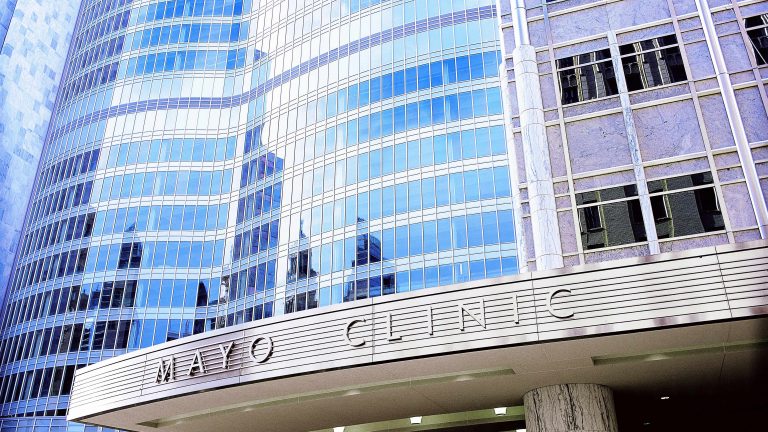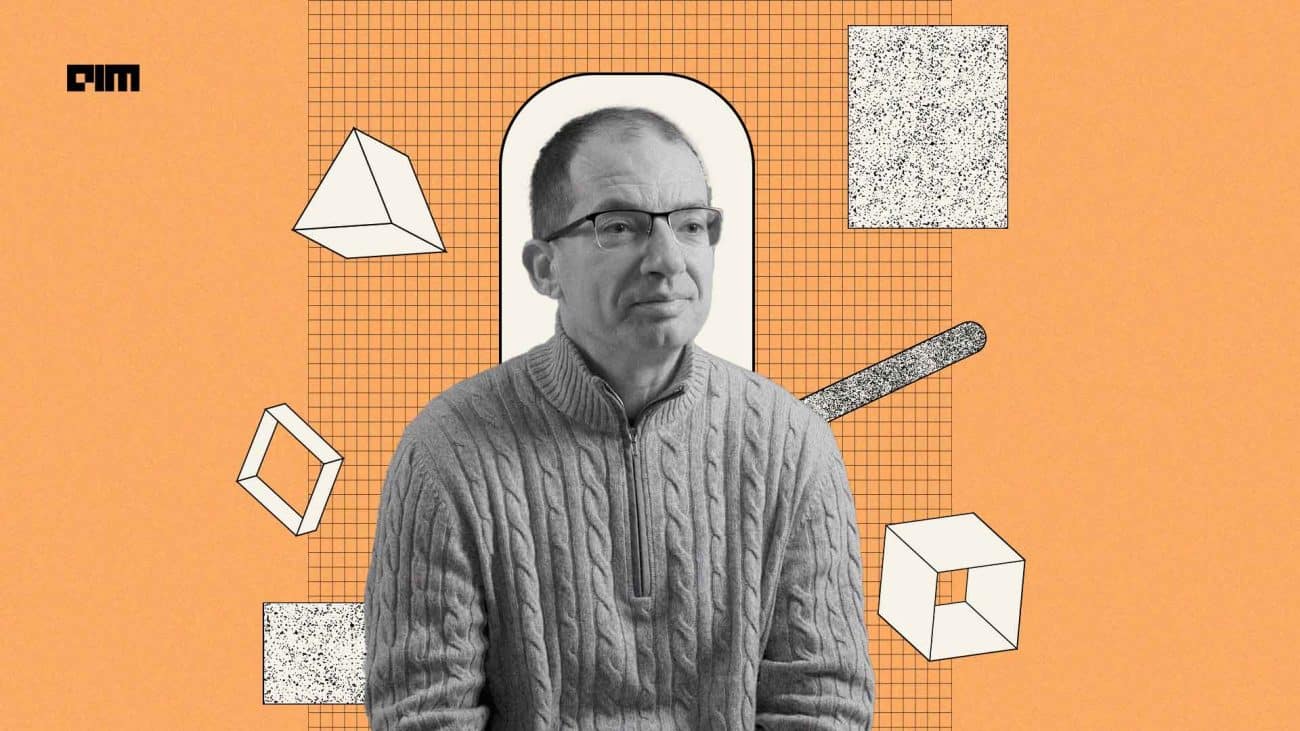|
Listen to this story
|
“As per statistics, there is only 1 neurosurgeon per 10 lakh people in India,” Apul Nahata, India head and VP-engineering of RapidAI, told AIM in an exclusive interaction at a tech event, in Bengaluru. Prior to joining RapidAI India, Nahata was the CTO of GenNext Ventures, Reliance Industries, and has founded multiple startups, including Kalpnik Technologies, TringMe and others. At RapidAI, he leads the expansion, partnerships and operations, and is responsible for scaling its engineering team in the country.
Founded in 2011 by the co-founder of the Stanford Stroke Centre, Greg Albers; and co-director of the Stanford 3D Lab, Roland Bammer, RapidAI works on neurovascular and vascular AI-enhanced clinical decision support and patient workflow. It received an FDA approval for its ICH (intracranial haemorrhage) model, making it the first in the world to get a specificity of 100%. Integrated in over 2000+ hospitals across 100 countries with a major footprint in the US, RapidAI is steadily growing. From covering over 5 million scans in April last year, they have crossed 10 million scans today.
Besides its large presence in the US, RapidAI is betting big on India. It has partnered with a few hospitals in India including Bengaluru and Mumbai. “In a country such as India, application of AI will bring a radical shift — you are not going to leapfrog but polevault.”
Talking about an ideal model for future medical technology, Nahata emphasised on AI models that can help in taking early decisions to save lives. “If you are able to build AI as part of a workflow upstream, wherein you can diagnose a disease much earlier, it will help doctors take early decisions and change the course of treating patients. This will help bring down the costs of treatment, and for a country such as India, it’s going to be a massive value add that AI can bring. Saving lives, improving lives and doing it at a scalable level is ideal.”
Recently, Google DeepMind launched CoDoC (Complementarity-driven Deferral-to-Clinical Workflow) an AI system that understands when to utilise predictive AI tools and when to seek input from a clinician.
More AI, Less Trauma
One of the most crucial treatments, necessary not only to save lives but also to improve the quality of life is for stroke patients. National University Hospital (NUH) in Singapore has employed an AI tool that has been helping stroke patients receive appropriate treatment within an hour of arriving. In February, since implementing this AI technology that processes brain CT scans in less than a minute, NUH has been able to administer prompt treatment to over 400 stroke patients and RapidAI has been able to make this possible.
“AI can make a massive difference when applied in healthcare and this is one place where you are not only saving lives but ensuring the quality of life post trauma is much better than what it would have been otherwise,” said Nahata.
Being an imaging-heavy company, RapidAI works with data with ‘clinical and technical depth’ and processes them in a quick amount of time with ‘time being an essence here.’ Two parameters for determining the model’s efficiency are: sensitivity, which determines how accurately an algorithm is able to point out if a case is positive or not, and specificity for reflecting whether a case is misdiagnosed or not. “RapidAI algorithms have both these parameters to an upwards of 90-95%,” claimed Nahata.
Scaling Data Training
Having the right datasets for training models in the medical vertical is crucial. “It’s not the volume of data you have, it’s the diversity of data. In order to get a holistic view, it becomes essential to have a diverse range. If you had only one or two datasets for training, the common problem of biases can set in. For instance, Rapid’s algorithm allows one to look at a case of aneurysm in 3D which in 2D will not determine how big and critical it is.”
“One good thing in the medical field is that the data is not going to significantly change between geographies because anatomy is the same barring a few nuances. As opposed to fintech where analysing the spending pattern of consumers in the US vs India will be different, here that problem doesn’t arise,” said Nahata.
Talking about human intervention in data training, Nahata spoke about its limitations. “Several years ago, AI or decision-making systems were more of an ‘if-then’ sort of mechanism. We study a pattern, infer the disease and build rules around it, but when a certain number of rules are exceeded, it becomes difficult for a human to sit through them and make decisions. This is where machines excel, and even in conflicting rules, RapidAI has been able to achieve a sensitivity of 100%.
Faster AI Adoption
Resistance to adopting new technology is evident in every vertical, and healthcare is no exception, it is lagging significantly.
“At one time even telecom and banking were walled gardens. From a doctor or hospital’s point of view, there is always resistance because technology keeps changing rapidly and the question of returns on the investments made will surface. This is when you need to position yourself by showing the stakeholders the value you can deliver to them which you can capitalise on. Tech is essential as human capital can only scale so much. Even if the cost of tech is high, the amount of time saved and consistency delivered can be the selling point.”



















































































